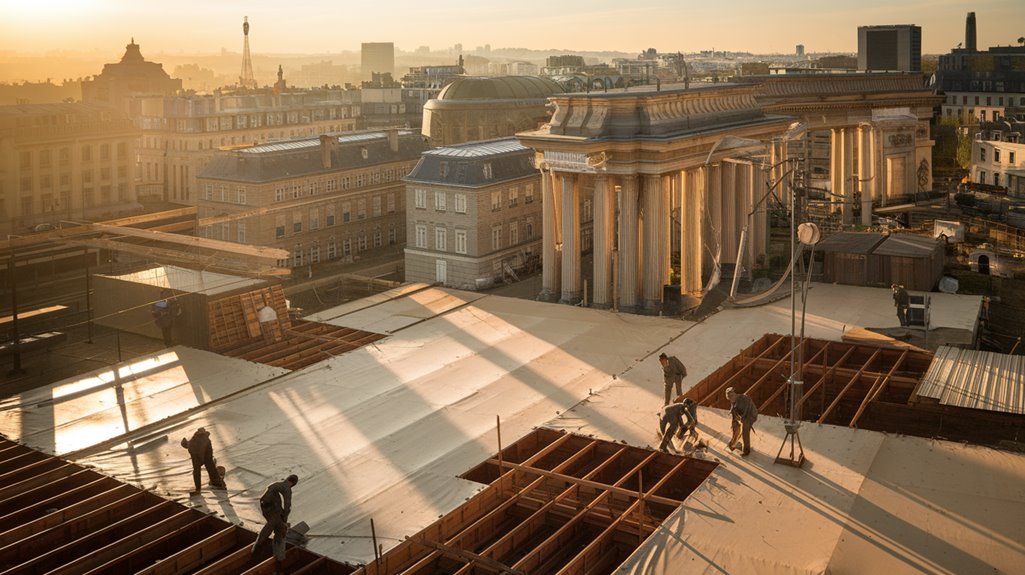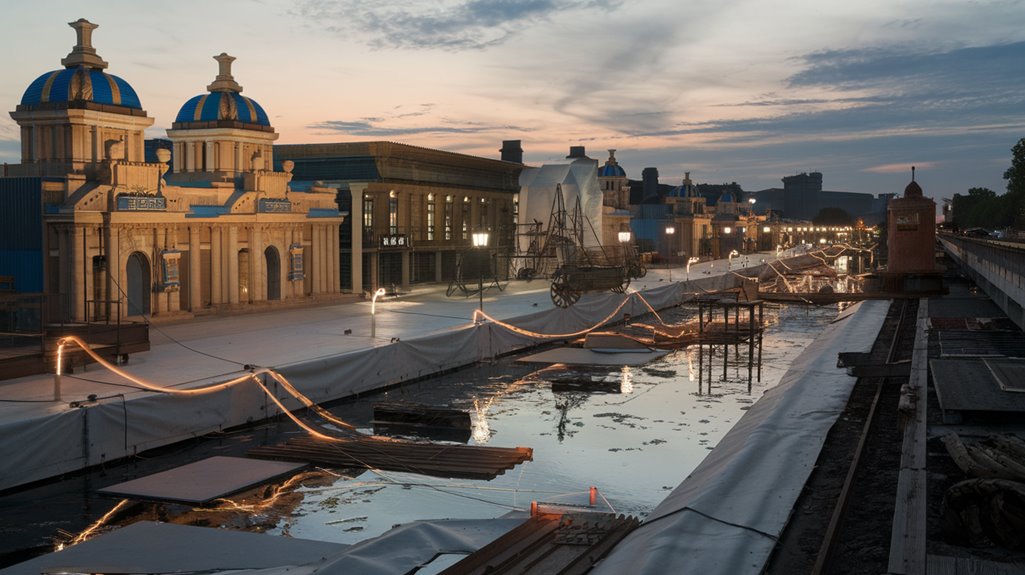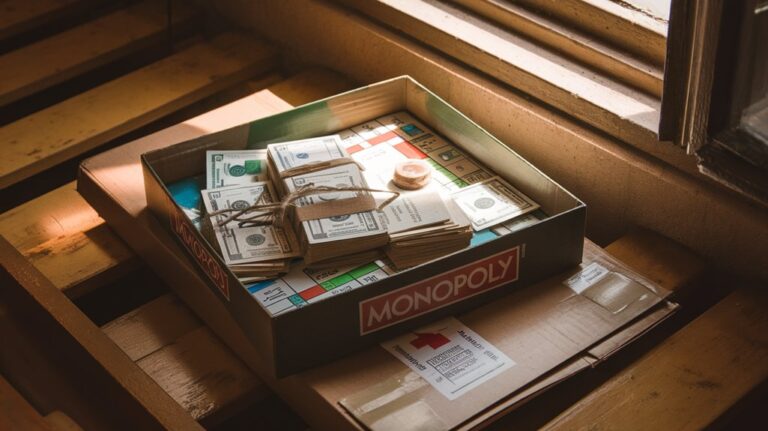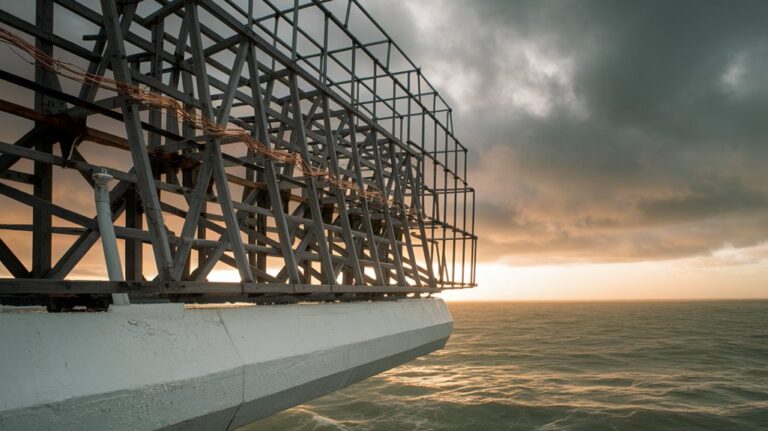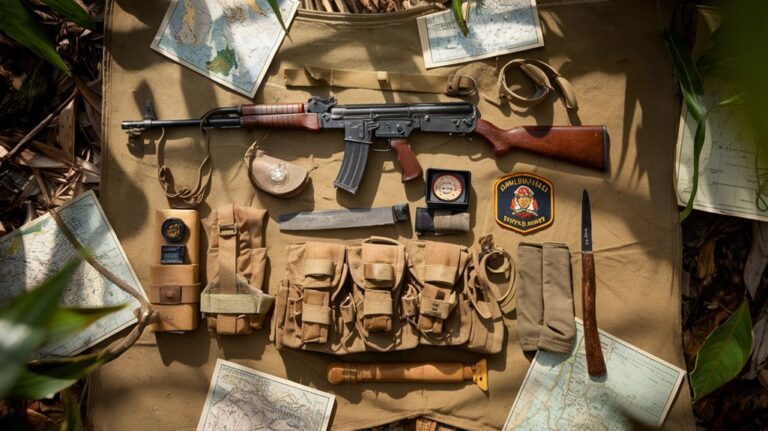France Began Building a Decoy Paris in WWI to Fool German Bombers
You've probably heard of the countless ways nations tried to outsmart their enemies during World War I, but France's ambitious plan to build a fake Paris stands out as particularly remarkable. When German bombers threatened to destroy the City of Light, French military planners didn't just strengthen their defenses – they decided to create an entire phantom metropolis. What they attempted was so bold and innovative that it challenges our modern understanding of wartime deception.
The Growing Threat of German Air Raids on Paris
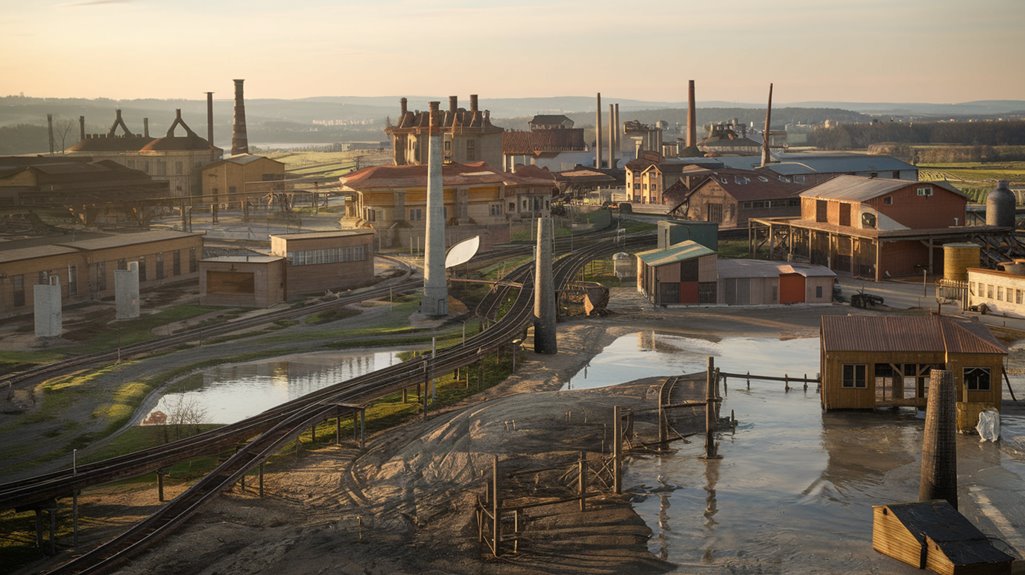
As World War I progressed, German air raids on Paris evolved from primitive attacks into increasingly sophisticated and deadly operations. You'd be surprised to learn that it all began with a single biplane dropping bombs by hand in August 1914, causing minimal damage but marking the start of a new era in psychological warfare.
The threat intensified when Germany deployed Zeppelins in 1915, though their accuracy remained poor. Italian engineer Fernand Jacopozzi developed secret defense systems to protect the city from these aerial threats.
The real game-changer came in 1917 with the introduction of Gotha bombers, which proved far more lethal than their predecessors. These aircraft launched 44 raids over five months, dropping 55,000 pounds of explosives and killing 241 Parisians. The devastation was captured by artist Maurice Busset in his Paris Bombardé portfolio, which depicted the nighttime raids through dramatic wood-block prints.
Air raid preparedness became essential when the Germans introduced the Paris Guns, capable of shelling the city from 75 miles away, with one attack killing 88 worshipers at a church.
A Bold Plan to Save the City of Light
While German bombers threatened Paris with unprecedented destruction, French military leaders devised an audacious plan – they'd build an entire fake city.
Located about 15 miles from central Paris in Maisons-Laffitte, this deceptive strategy involved creating a convincing replica of the capital, complete with reproductions of iconic landmarks like the Arc de Triomphe and Champs-Élysées.
The ambitious project for cultural preservation required relocating Maisons-Laffitte residents and constructing three distinct zones: a train station, city center, and industrial area. The decoy city was strategically positioned along the Seine River, mirroring the real Paris's waterfront location.
Using wood and fabric, builders crafted mock buildings while lighting expert Fernand Jacopozzi designed elaborate illumination schemes to simulate nighttime activity. Workers used translucent paint to create the appearance of glass factory roofs from above.
The goal was simple: fool German Gotha bombers, which relied on visual targeting, into wasting their resources on fake targets instead of the real Paris.
Engineering an Elaborate Wartime Deception
The engineering marvel of "Fake Paris" showcased remarkable attention to detail across three strategic zones.
The initial bombing in 1914 marked the first German air attack on Paris. You'd find meticulously crafted replicas of iconic landmarks like the Eiffel Tower in Maisons-Laffitte, while industrial decoys dotted Vaires-sur-Marne, and Saint-Denis district duplicates emerged in Villepinte.
The deceptive architecture wasn't just about buildings – electrical engineer Fernand Jacopozzi designed intricate lighting systems that mimicked city life, complete with dimly lit streets and simulated moving trains. The plan to build this elaborate decoy was first proposed in 1917 after German bombers had already struck the real Paris.
These wartime strategies exploited the limitations of aerial navigation, using the River Seine's natural curves to mislead German pilots.
Though the war ended before the project's completion, it demonstrated unprecedented ingenuity in military deception, earning Jacopozzi the prestigious Legion d'Honneur for his innovative contributions to France's defense.
The Innovative Design Behind the Fake Paris
Building a replica of Paris required extraordinary creativity and technical prowess from its masterminds. The decoy architecture featured meticulous replicas of iconic landmarks like the Arc De Triomphe and Opera house, while artistic collaboration brought artificial neighborhoods to life through painted scenery and carefully positioned street lights. The project was conceived as a response to the first aerial raid on Paris in August 1914.
When German aerial raids intensified in late 1917, the project became increasingly urgent. You'd be amazed by the ingenious features they incorporated. Fernand Jacopozzi, known for illuminating the Eiffel Tower, designed lighting systems that simulated residents hiding during air raids.
To create the illusion of a functioning city, they installed wooden boards on conveyor belts to mimic moving trains. Even the industrial suburbs weren't overlooked – they crafted convincing factory rooftops from painted canvas to represent France's essential manufacturing centers.
An Unfinished Legacy of Military Ingenuity
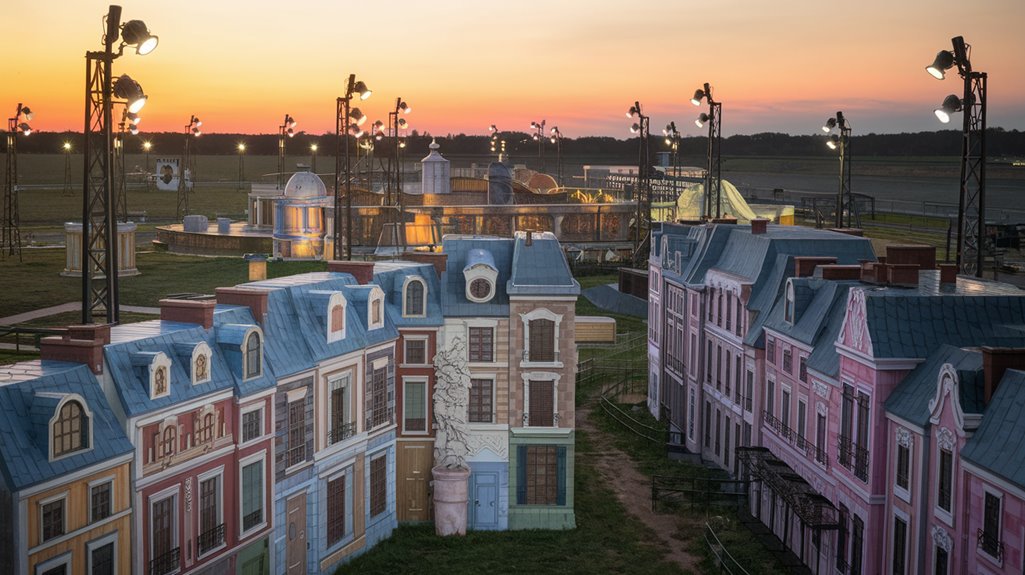
Ingenuity alone couldn't complete Paris's ambitious decoy city before WWI ended in 1918. While you might admire the tactical innovation behind the project, it never got the chance to prove its worth against German bombers.
Led by illumination expert Fernand Jacopozzi, the elaborate deception included wooden replicas of the Gare de l'Est and painted canvas factory rooftops. The project emerged during a time when heavy artillery fire made traditional open-ground military tactics increasingly dangerous.
As aerial warfare evolved during WWI, you can see how this creative defense strategy emerged from necessity. Though unfinished, the project's influence extended well beyond the Great War.
You'll find similar deception tactics employed during WWII, when the U.S. military used fake cities to protect crucial manufacturing facilities.
While the decoy Paris never fulfilled its intended purpose, it stands as a reflection of wartime resourcefulness and military adaptation.

